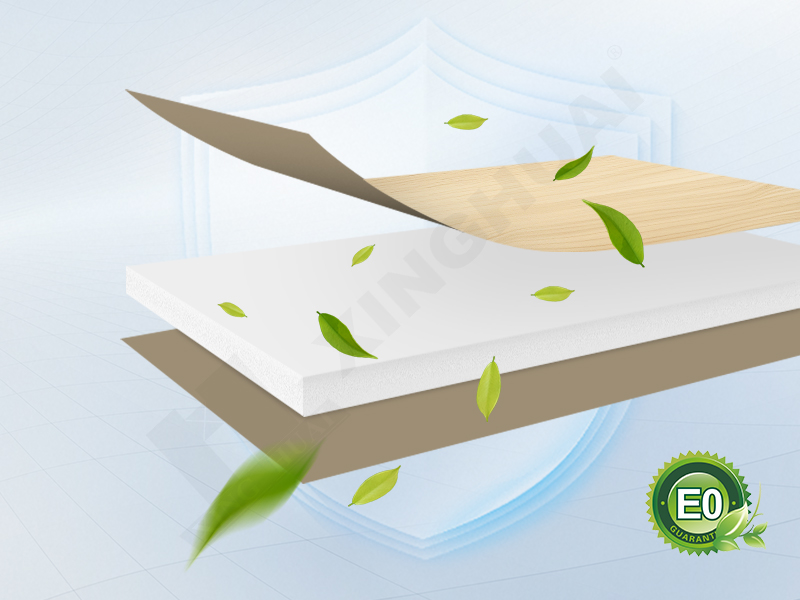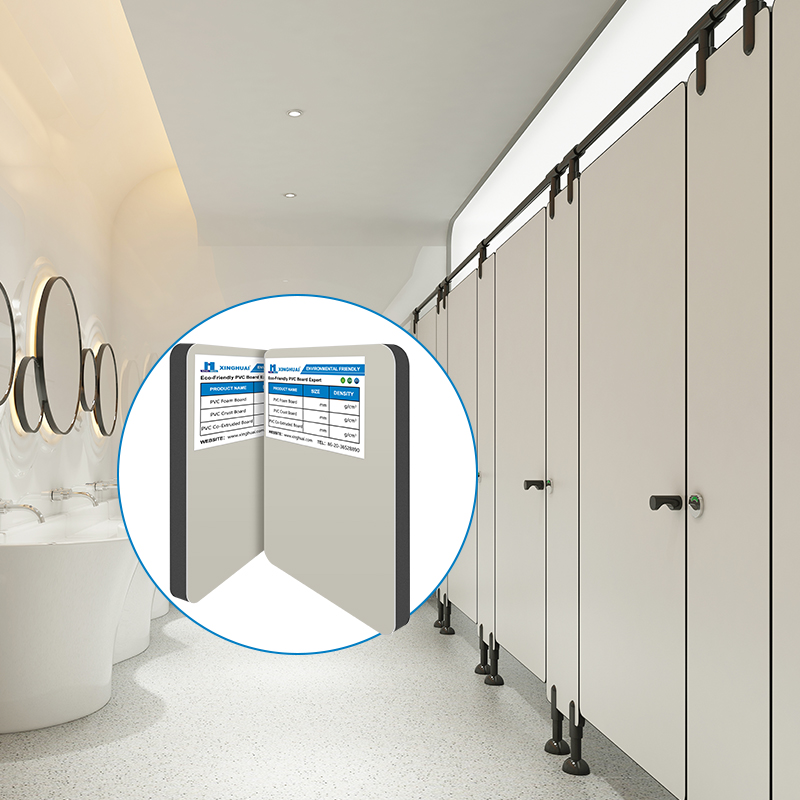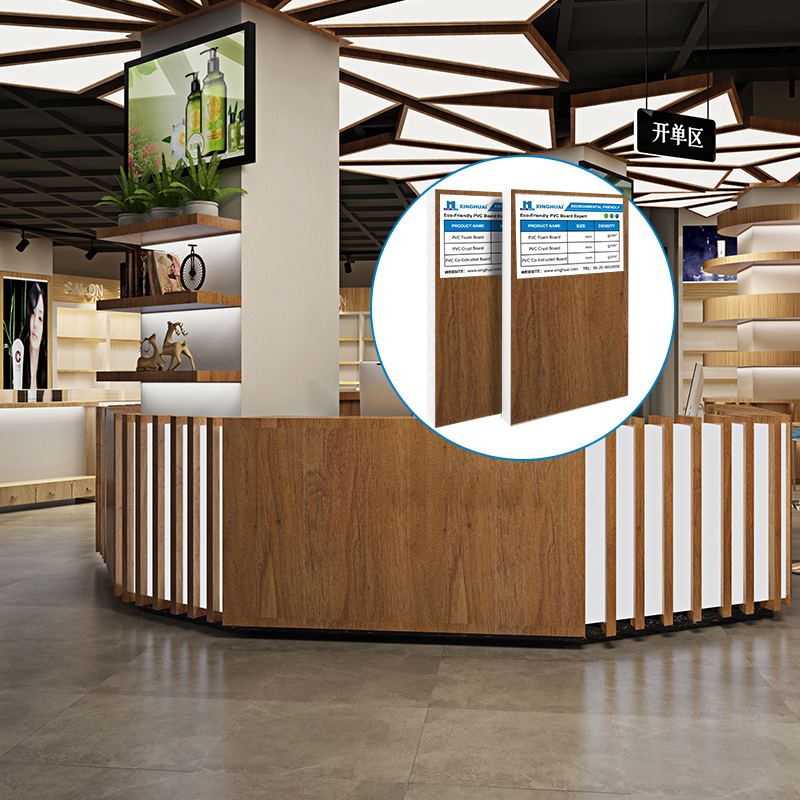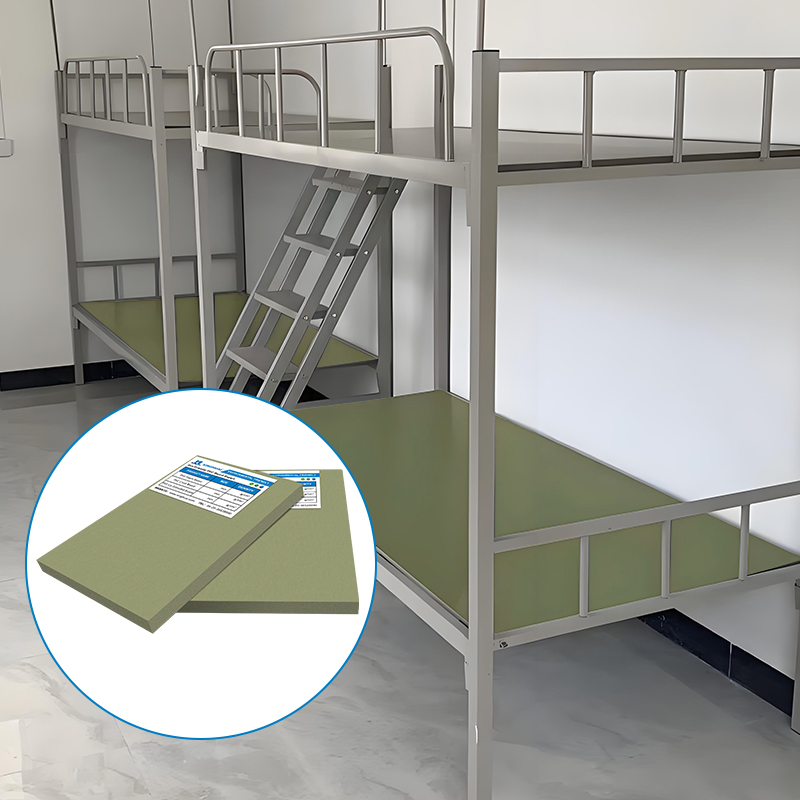In the era of sustainable design, the environmental impact of building materials has become a critical consideration for homeowners and architects alike. Among the array of options, PVC wall panels—including PVC shower wall panels, 4x8-sized PVC wall panels, white PVC panels for bathrooms, and wood-effect bathroom cladding—have emerged as both practical and controversial choices. The question remains: Are PVC wall panels truly eco-friendly? The answer lies in a nuanced analysis of their lifecycle, material composition, and end-of-life management.
Material Composition: Recycled Content and Sustainability
Modern PVC wall panels are increasingly manufactured using recycled materials. Studies indicate that leading producers now incorporate up to 80% recycled PVC in their products, diverting waste from landfills and reducing reliance on virgin fossil fuels. For instance, PVC shower wall panels designed for humid environments often utilize post-consumer recycled PVC, sourced from discarded plumbing pipes or construction debris. Similarly, 4x8 PVC wall panels—a standard size for large-scale installations—are produced with recycled content to minimize environmental footprints.
The use of recycled materials not only conserves natural resources but also lowers carbon emissions during production. Compared to traditional materials like wood or ceramic tiles, PVC wall panels require less energy to manufacture and transport, further enhancing their eco-credentials.
Energy Efficiency: Thermal Insulation and Carbon Reduction
PVC wall panels, including white PVC panels for bathrooms and wood-effect bathroom cladding, offer inherent thermal insulation properties. Their closed-cell structure reduces heat transfer, helping maintain stable indoor temperatures. This insulation effect can lower heating and cooling demands by up to 15%, translating to significant energy savings over time.
For exterior applications, PVC exterior wall panels are engineered to withstand temperature fluctuations without warping or cracking. Their durability reduces the need for frequent replacements, a common issue with less resilient materials. By extending the lifespan of building envelopes, PVC panels contribute to long-term carbon reduction.
Indoor Air Quality: VOC-Free and Health-Conscious
A key advantage of PVC wall panels is their absence of volatile organic compounds (VOCs). Unlike painted drywall or laminated wood panels, PVC products do not emit harmful chemicals, ensuring healthier indoor air quality. This is particularly critical in bathrooms, where moisture can exacerbate VOC off-gassing from conventional materials.
White PVC panels for bathrooms, for example, are often chosen for their hygienic properties. Their non-porous surface resists mold and mildew growth, eliminating the need for toxic cleaning agents. Similarly, wood-effect bathroom cladding mimics natural textures without the environmental drawbacks of deforestation or chemical treatments.
Recyclability: Closing the Loop
The recyclability of PVC wall panels is a cornerstone of their eco-friendliness. At the end of their lifespan, PVC panels can be ground into pellets and remolded into new products, such as outdoor furniture or drainage pipes. Recycling programs for PVC exterior wall panels are expanding globally, with some regions achieving recycling rates exceeding 60%.
However, challenges persist. Contamination from adhesives or coatings can complicate recycling, and not all facilities accept PVC waste. To address this, manufacturers are developing mono-material panels—free from additives—to streamline recycling processes.
Cost and Accessibility: Balancing Affordability and Sustainability
PVC exterior wall panels price varies by region and quality, but they generally remain more affordable than natural stone or high-end composites. This accessibility encourages widespread adoption, particularly in budget-conscious projects. For instance, a 4x8 PVC wall panel costs approximately 30–50% less than equivalent ceramic tiles, making sustainable design attainable for more households.
Critics argue that low-cost PVC panels may compromise on recycled content or durability. Yet, advancements in production technology have bridged this gap, with many mid-range products now meeting rigorous sustainability standards.
Addressing Criticisms: Microplastics and Lifecycle Impacts
Despite their benefits, PVC wall panels face scrutiny over microplastic pollution. Over time, PVC can degrade into tiny particles, posing risks to aquatic ecosystems if improperly disposed of. To mitigate this, manufacturers are investing in biodegradable additives and promoting responsible waste management.
Additionally, the production of PVC relies on chlorine, a chemical with historical environmental concerns. However, modern closed-loop chlorine production systems have drastically reduced emissions, aligning with global sustainability goals.
Conclusion: A Balanced Perspective
PVC wall panels—whether PVC shower wall panels, 4x8 panels, or wood-effect cladding—offer a compelling blend of affordability, durability, and eco-efficiency. Their use of recycled materials, energy-saving properties, and recyclability position them as viable alternatives to traditional building materials.
Yet, their environmental impact hinges on responsible sourcing, recycling infrastructure, and consumer awareness. By choosing panels with high recycled content, supporting recycling programs, and prioritizing VOC-free options, homeowners can maximize the eco-friendly potential of PVC wall panels.
In the journey toward sustainable design, PVC wall panels are not a perfect solution—but they are a step in the right direction.





